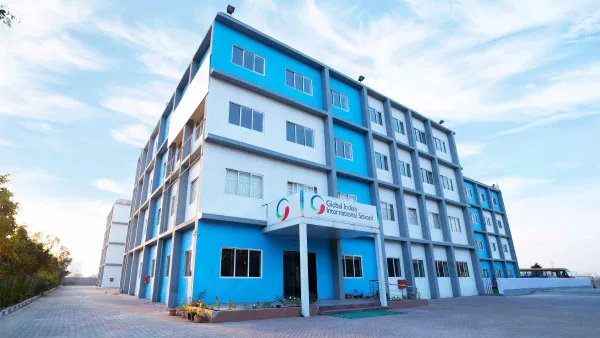Rapid technological advancement and global challenges have highlighted the importance of a robust STEM curriculum in middle and high school education, which cannot be overstated. As parents and students navigate the educational landscape, understanding how STEM education can shape future success is crucial. This blog will explore the significance of STEM, its necessity in today’s world, and how it fosters essential skills in students.
Expand STEM
STEM stands for Science, Technology, Engineering, and Mathematics. This interdisciplinary approach emphasises the integration of these fields to enhance learning experiences. Unlike traditional education, which often treats subjects in isolation, a STEM curriculum promotes connections between concepts, encouraging students to apply their knowledge to real-world problems. This holistic approach not only deepens understanding but also prepares students for a future where these skills are increasingly in demand.
The Need for STEM Education
The demand for STEM skills is growing rapidly across various industries. According to recent studies, jobs in STEM fields are projected to grow significantly, with many positions remaining unfilled due to a lack of qualified candidates. By introducing students to STEM education early on, we can equip them with the necessary skills to thrive in a competitive job market. Schools that incorporate STEM curricula, such as those following the CBSE curriculum, are better positioned to prepare students for these opportunities.
Fostering Early Interest and Curiosity
One of the primary benefits of a STEM curriculum is its ability to spark curiosity and interest in students at an early age. Engaging in hands-on activities allows learners to explore scientific concepts through experimentation and discovery. For instance, middle schoolers might participate in robotics competitions or science fairs that encourage them to think critically and creatively. These experiences not only make learning enjoyable but also help students develop a lifelong passion for exploration and inquiry.
Helps in Decision Making
A well-structured STEM curriculum enhances students’ decision-making abilities by providing them with the tools to analyze information critically. As they engage with complex problems, students learn to weigh options, consider consequences, and make informed choices. This skill is invaluable not only in academic settings but also in everyday life. By fostering strong decision-making skills through STEM education, we prepare students to navigate challenges effectively as they grow.
Developing Critical Thinking and Problem-Solving Skills
Critical thinking and problem-solving are at the core of a successful STEM curriculum. Students are encouraged to tackle real-world challenges through project-based learning, where they must devise solutions using scientific principles and engineering practices. For example, high school students might work on projects that involve designing sustainable energy solutions or developing software applications. These activities cultivate analytical skills that are essential for success in any field.
Increasing Demand
The increasing demand for professionals with STEM skills highlights the urgency of implementing effective STEM curricula in schools. Industries such as healthcare, engineering, information technology, and environmental science are actively seeking individuals who possess strong backgrounds in these areas. By prioritising STEM education, schools can help bridge the gap between education and employment, ensuring that students are well-prepared for future careers.
Preparing for Future Careers
A comprehensive STEM curriculum not only prepares students for immediate academic success but also lays the groundwork for their future careers. Exposure to various STEM fields allows students to explore their interests and discover potential career paths early on. Programs that incorporate internships or partnerships with local businesses can provide invaluable real-world experience, giving students a head start as they transition into higher education or the workforce.
Promotes Holistic Growth
Beyond academic achievement, a strong STEM curriculum promotes holistic growth by developing essential life skills such as teamwork, communication, and resilience. Collaborative projects require students to work together effectively, enhancing their interpersonal skills while fostering a sense of community within the classroom. Additionally, overcoming challenges during hands-on activities builds resilience and perseverance—qualities that will serve them well throughout their lives.
Conclusion
In conclusion, the role of a STEM curriculum in middle school and high school education is vital for preparing students for the complexities of the modern world. By fostering early interest and curiosity, enhancing decision-making skills, developing critical thinking abilities, and preparing them for future careers, we equip young learners with the tools they need to succeed. As parents and educators advocate for strong STEM programs, particularly within top schools in Pune, we contribute significantly to shaping a generation ready to tackle tomorrow’s challenges head-on.
Investing in STEM education is not merely about academic performance; it’s about empowering our children to become innovative thinkers who can contribute meaningfully to society’s advancement in an ever-evolving technological landscape. Together, let’s champion the importance of a comprehensive STEM curriculum that prepares our youth for a brighter future!






























